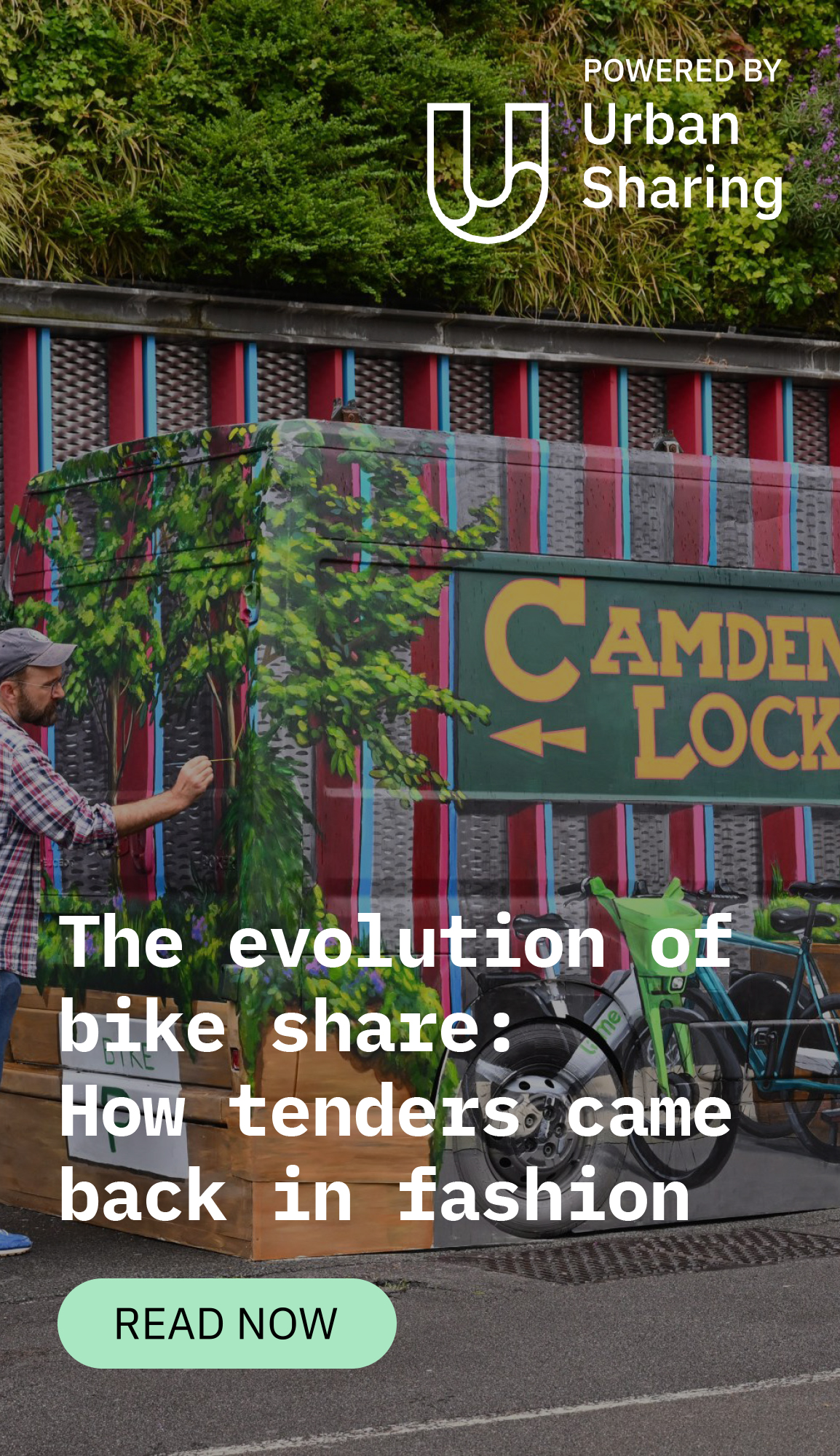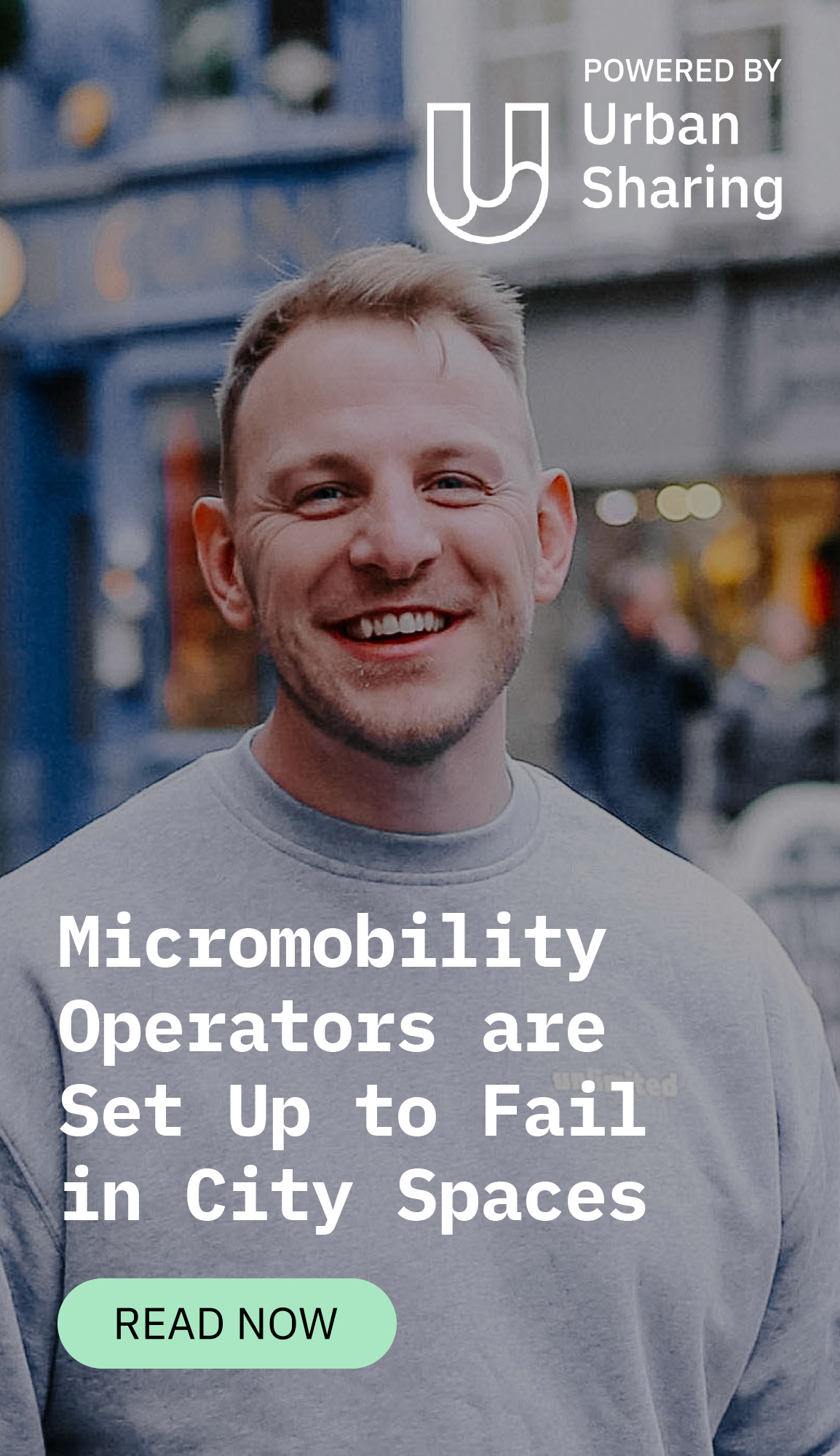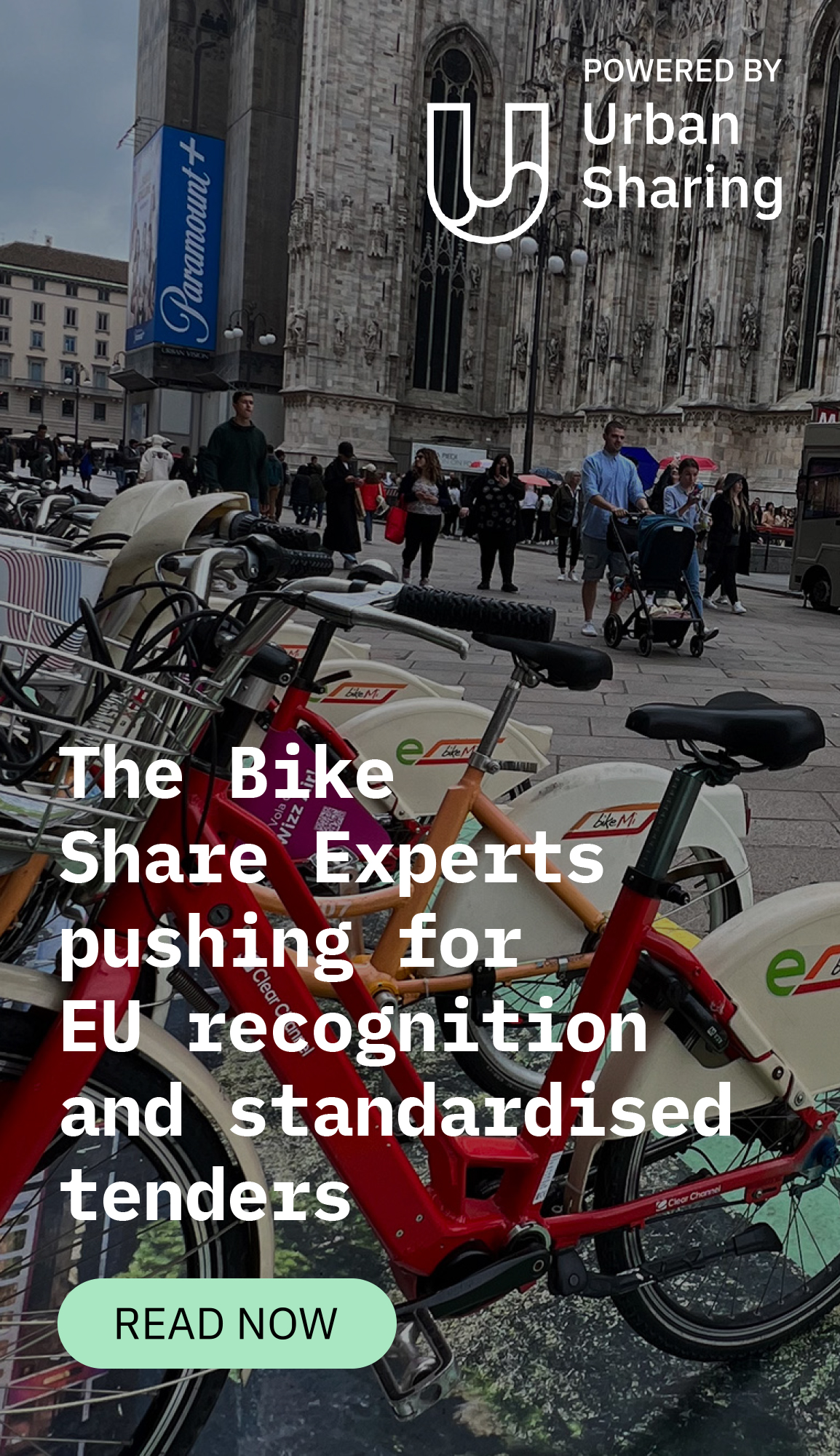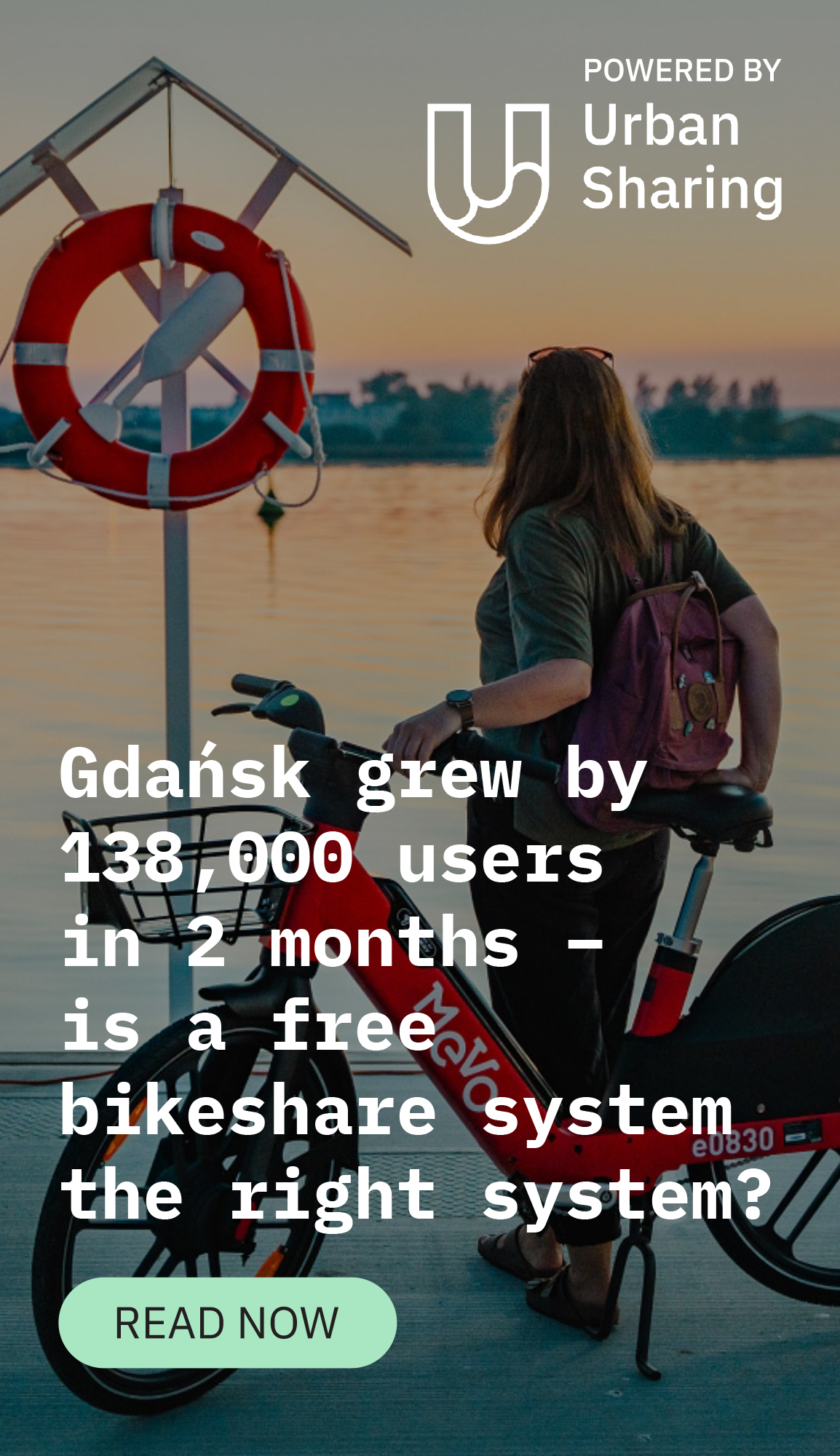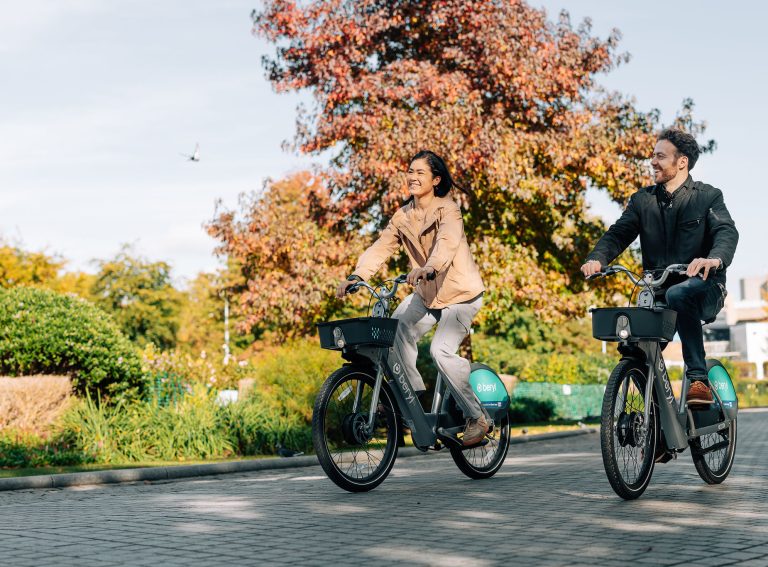Author: Phil Ellis, CEO of Beryl
Released today, Beryl’s fifth annual Rider Report is by far our biggest to date, with more than 13,000 responses across 16 different schemes making it over four times the size of the previous report. Beryl operates across more areas in the UK than any other operator.
It’s packed with interesting insights, detailing trends, patterns, motivations and barriers from both users and non-users.
This year’s data shows the impact that shared transport can have on wider transportation habits. Beryl vehicles are not only reducing reliance on private vehicle trips, they’re also getting people cycling more regularly and are an increasingly popular way to get to and from work.
Riders favour the e-bike for commuting, with its overall rising stock coinciding with the release of our new model – the BBE2 – back in September.
Convenience has further cemented its status as the main motivating factor for Beryl use, while novelty value continues to decline. Perhaps reflective of the modern financial landscape, cost also remains a big influence on ridership.
There’s also some clear demographic trends, with changes to both the gender balance and the amount of riders identifying as having a disability.
Breaking the habit: Encouraging a sustainable shift
Ultimately, we want to encourage as many people as possible to swap four wheels for two, especially for shorter journeys. By doing this, we can help cut congestion, get people more active, improve public health and reduce the amount of carbon emissions.
It’s highly encouraging for us that we are reducing the reliance on private car, van, taxi and motorbike trips. The feedback shows that 62% of respondents have replaced those trips for a Beryl trip in 2024, which is a significant 6% increase on the previous year’s data. Reinforcing that, 34% of riders have also reported less frequent private car use this year.
We’re getting people cycling more often and encouraging even the most lapsed cyclists to get back in the saddle. Of the 43% of riders that either first started cycling or resumed regular cycling after a break when they started using Beryl, 19% had resumed following a break of five years or longer. That’s an incredible impact.
This data shows that we’re offering people an attractive sustainable mode that serves as a genuine alternative to private transport. We’re doing this by delivering carefully planned schemes in partnership with cities, that prioritise riders and integrate with existing transport infrastructure.
Evolution, not revolution: Interesting behaviour trends
The primary use of Beryl vehicles has shifted from leisure to commuting, with 34% of riders stating it as their primary purpose. However, of those that had commuted with Beryl, 63% had done so between 1-3 days per week. This suggests that it’s common for riders to use Beryl to supplement other commuting methods and there is currently more of an ‘evolution, not revolution’ approach to adopting greener transport habits.
Electric vehicles’ extra power makes them ideal for commuting, allowing riders to arrive at the office fresher. It’s no surprise that they’ve increased in popularity this year, with 75% of all riders having used an e-bike in the last six months. This makes it the preferred mode by some distance and could reflect the influence of several new e-bike only scheme launches and the brand new BBE2 model.
Another trend shows an 8% increase in the number of riders citing university as the primary purpose for riding. In February, our Strategic Partnerships Lead, Ben Lee, told Zag Daily about the increasing number of partnerships between Beryl and higher education providers. By providing discounted rates and on-campus infrastructure, the partnerships are making them a much more popular way to get around for students.
Money talks: The impact of cost
The cost of living continues to impact on riders’ transport choices. Cost is a barrier to cycling ‘more often’ or ‘taking a first ride’ for 41% of riders and 29% of non-riders respectively. This makes them the second most common and most common barriers respectively.
Beryl works hard to ensure our services remain as financially accessible to as many people as possible. We run partnerships with charities and community groups and even work with healthcare providers to disseminate social prescriptions. We also offer discounted annual subscriptions and offer discounted passes and bundles to suit a variety of demands and circumstances.
We can see this work continues to have an impact. Almost one third of all riders and non-riders (30%) said that cost-effectiveness compared to other transport was a reason for signing-up to Beryl. This is a 3% increase on last year, making it the third most popular reason and suggesting Beryl still offers value compared to other transport options. This is especially true in comparison to private vehicles, which require fuel, tax, MOT, storage, insurance and maintenance costs.
Reflecting wider society: Demographic changes
It’s hugely encouraging that we’ve made further strides in appealing to riders who identify as having a disability. The 1% per cent increase this year builds on the 2% increase in 2023, showing further steps in the right direction. Also, 63% of riders said Beryl has enabled them to take journeys they wouldn’t have otherwise taken. This supports anecdotal feedback from riders stating that electric vehicles can be helpful with certain mobility issues.
Frustratingly, there is a greater gender imbalance for riders this year, with 72% male riders representing a 9% increase on the previous year. This mirrors national trends however, with the latest CoMoUK Bike Share survey data showing a 5% increase in male respondents compared to the previous year.
Launched in September, our BBE2 is 16% lighter than the previous model. This deliberate design feature was informed by previous report data, which suggested that vehicle weight was a barrier for some female riders. BBE2 also has other accessibility features, including a low-step through frame, an adjustable seat clamp and ‘safe start’ technology, ensuring a smooth first few pedals as the ride begins.
We’re confident that, as the vehicle becomes more established in 2025, its improved accessibility will have a positive influence on redressing the current gender imbalance and the number of riders identifying as having a disability.
Knowledge drives improvement
With the launch of new schemes and the expansion of several existing ones it has undoubtedly been another year of progress and development for Beryl.
Our experience continues to increase and so too does our knowledge base, with the report’s growth reflecting that of the company as a whole.
It’s imperative that we continue to use this knowledge to drive further improvement, ensuring our services remain as accessible and attractive to riders as possible.
I promise that we will continue to do this to help achieve our goals into 2025 and beyond.
The survey was sent to riders across 16 scheme areas in November and December 2024. We collected over 13,171 responses, 60% of which had signed up and taken at least one ride and 40% had signed up but not yet taken a ride. You can download the full report here.

